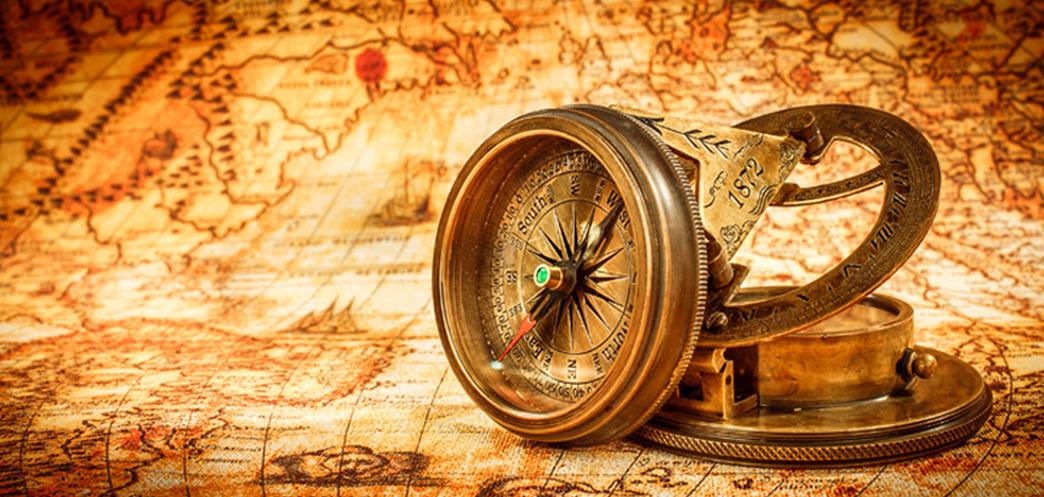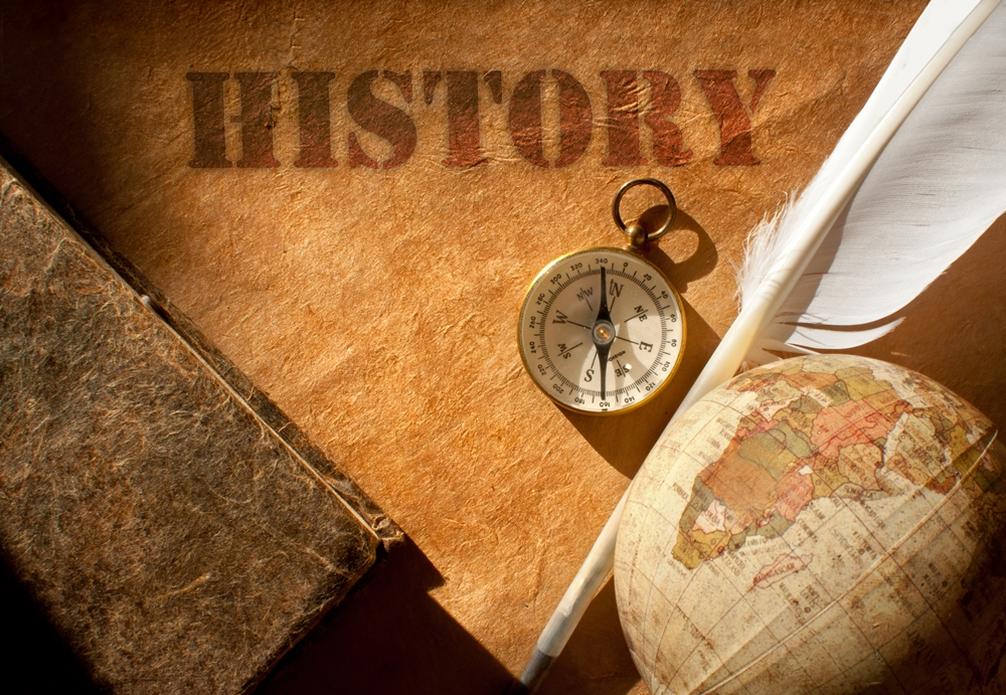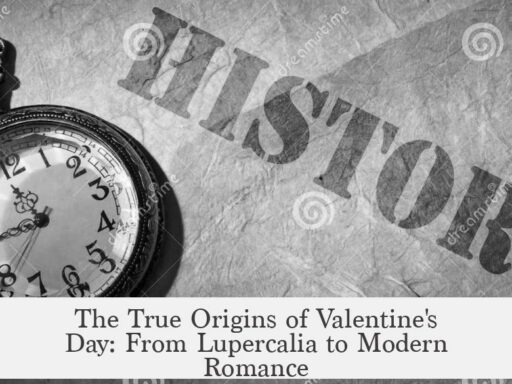‘Taking a shower’ originates from early human attempts to mimic natural waterfalls for hygiene. Ancient people found rinsing with falling water more practical than soaking in stagnant water, which dirtied easily and was hard to move.

Early civilizations began this practice in simple forms. Egyptians and Mesopotamians used ‘shower rooms’ where water was carried manually and poured over the body without plumbing. These modest systems focused on cleanliness by rinsing off dirt rather than prolonged soaking.
The ancient Greeks advanced showering to a system resembling modern showers. They developed drainage and sewer networks supporting running water, enabling water to flow over users and be drained efficiently. Romans inherited and refined these systems, often integrating showers into their baths. However, after the fall of the Roman Empire, much of this infrastructure was lost and not replicated until centuries later.

This early history reflects a long gap between ancient shower concepts and their modern resurgence. Showers reappeared in developed plumbing systems in the 19th century, enabled by innovations in water delivery and heating.
The widespread adoption of showers in homes came much later. In the United States, bathing in tubs gained popularity by the 1880s due partly to health campaigns. Showers, however, became common only in the 1930s and 1940s. They were not standard in residential construction until the late 1950s or 1960s. Early 20th-century plumbing improvements allowed many homes to support showers physically, but social attitudes slowed adoption.

- Some people believed showers were physically intense. They worried strong water streams could be stressful, especially for women and children.
- Before modern plumbing, washing often involved sponging with a basin and pitcher, a time-saving alternative to heating tub water.
- The 1950s plumbing industry predicted showers would soon be essential in every home, spurring production and marketing of new shower units.
Several factors influenced the timing and circumstances of shower adoption:
- Water heaters were crucial. Cold showers deterred widespread use; only after hot water heaters became common in the late 19th to early 20th centuries did showers gain appeal.
- Electricity in homes was rare until the early 1900s. Its availability supported conveniences like water heaters and lighting that made showers practical and pleasant.
- High-profile installations, such as at Hearst Castle beginning in 1919, introduced showers to elite residences. Despite modern plumbing and multiple showers, some guests resisted the idea, saying “You can’t get clean standing up.”
Innovation in shower design occurred between 1920 and 1950. This period saw the introduction of dedicated shower stalls and combined bathtub-shower units. Plumbing manufacturers expanded offerings, meeting growing consumer demand as plumbing infrastructure spread.

| Era | Shower Development | Key Factors |
|---|---|---|
| Ancient Civilizations | Manual water pouring, early drainageClose to showers in Greece & Rome | No plumbing; water carried by handWaterfalls as inspiration |
| Medieval Period | Loss of plumbing systemsReturn to simple bathing methods | Decline of infrastructureCultural shifts |
| 19th Century | Plumbing innovationsIntroduction of water heaters | UrbanizationIndustrial progress |
| Early 20th Century | Rise of showers in elite homesPublic health campaigns | Electricity availabilitySocial perceptions changing |
| 1930s-1960s | Mass adoption in residencesStandard inclusion in home construction | Improved plumbing systemsConsumer acceptance |
In summary, the practice of showering has roots in ancient water rituals mimicking waterfalls but only became a home staple in the 20th century. Technological advances like water heaters and plumbing systems, social ideas about health, and increasing electrical infrastructure all played roles in the gradual shift towards showers as a preferred hygiene method.
- Showers began as natural water imitation for cleanliness, evolving in ancient civilizations with plumbing support.
- Modern showers emerged alongside innovations in heating water and plumbing in the 19th and early 20th centuries.
- Home showers spread widely in mid-20th century America, influenced by health views and industrial development.
- Early resistance existed due to unfamiliarity and perception of showers as physically demanding.
- The integration of electricity played a significant role in supporting shower technology and home comfort.
The Origin of ‘Taking a Shower’: Ancient Waterfalls to Modern Baths

Taking a shower, in essence, originated as an attempt by ancient humans to recreate the refreshing effect of natural waterfalls, enabling washing by rinsing rather than soaking in stagnant water. This simple but profound idea shifted cleanliness from murky baths to flowing streams of water. Let’s dive into how showers journeyed from emulating nature to becoming everyday fixtures in our homes.
Imagine ancient people staring at waterfalls cascading down cliffs, marveling at the cool spray and how it might wash away dirt and sweat. It makes sense—why lug buckets of water when you could stand beneath flowing water instead? This thought laid the conceptual groundwork for showers long before pipes or plumbing existed.
Early Water-Washing Practices: Egyptians and Mesopotamians
The earliest known “showers” were rudimentary. Ancient Egyptians and Mesopotamians didn’t have running water inside homes, so they carried water manually. They often poured water over themselves or into simple shower rooms. Picture someone hoisting jug after jug to cascade water from above. Not exactly effortless, but a start.
This approach prioritized rinsing over soaking. Baths demand huge water volumes and fresh supply; once water got dirty, it lost its cleaning power. Rinsing, as with showers, meant cleaner skin and less wasted water, a clever solution given the era’s resources.
The Golden Age of Showers: Greeks and Romans
The real breakthrough happened with the ancient Greeks and Romans. These civilizations pioneered advanced plumbing, drainage, and sewer systems that made the shower concept much more practical. Public baths were common and featured showering areas where water flow resembled mini waterfall effects. This was a peak of hygiene ingenuity.
The Greeks and Romans designed pipes to bring water in and drain it away efficiently—a marvel lost after their empires fell. For nearly a millennium, we lost that technology and went back to simpler washing methods. No flourishing showers again until the 1800s… and that’s a long gap.
The 19th and 20th Centuries: Showers Come Home
Fast forward to the 19th century in the United States, and bathtubs have firmly entered homes, largely for health practices associated with cleanliness. But showers took longer to gain popularity. Many Americans backed the idea of bathing for wellbeing, but showers were suspicious territory until about the 1930s-40s.
Why the hesitation? Powerful water streams reminded some of physical stimulation therapies but scared others. There were worries that showers were too intense, especially for women and kids—“Too stressful,” they said. Strange how washing off stress could itself cause stress.
- Before showers, most people used pitcher-and-basin combos to sponge off. Easier than boiling water for a full bath.
- The big plumbing revolution between 1920 and 1950 introduced many shiny new shower designs—from dedicated stalls to shower baths combining tub and shower sprays.
- Still, showers didn’t become default in most American homes until the late 1950s or 1960s.
The Crucial Role of Water Heaters and Electricity
Shower adoption hinged heavily on two innovations: the water heater and household electricity. Without hot water on demand, showers were chilly affairs, no fun unless you’re into shock therapy. Water heaters became common only in the late 19th and well into the 20th century. Electricity’s arrival powered pumps, lighting, and heated water – no small matter.
Take the example of William Randolph Hearst’s opulent Hearst Castle built in 1919. He installed showers in every guest bungalow, way ahead of mainstream America. Yet his guests were baffled—one famously said, “You can’t get clean standing up.” Talk about modern inconvenience! At the time, electrifying 300 bare light bulbs to light an entrance was as novel as their showers.
Why Did Showers Become the Norm?
It’s clear that running water combined with indoor plumbing transformed bathing culture. Showers saved water, were faster, and arguably more hygienic, since water constantly flushed away dirt. By the mid-20th century, plumbing industry experts predicted every bedroom would soon boast a bathroom with a bathtub and shower. Guess what? They nailed it.
Today, we might take showers for granted. Yet the old idea remains powerful: the pleasure and practicality of rinsing off under falling water flows, inspired by nature’s waterfalls and refined over centuries. The shift from soaking to standing showers marked a shift in how people think about hygiene, convenience, and even social norms.
Final Thoughts: Standing Under Waterfall-Inspired Streams
Next time you enjoy a hot shower, consider the soak history. From hauling water jugs in ancient Mesopotamia to the sophisticated plumbing of Roman baths, and finally modern showers powered by electricity and heaters—the evolution is fascinating.
Would you have braved a cold shower in the early 1900s? Or tried cleaning yourself with a basin and sponge? Showers reflect ingenuity, comfort, and human desire to mimic nature’s cleansing touch. And if standing under water still puzzles you like it did Hearst’s guests, remember they were trailblazers too.




